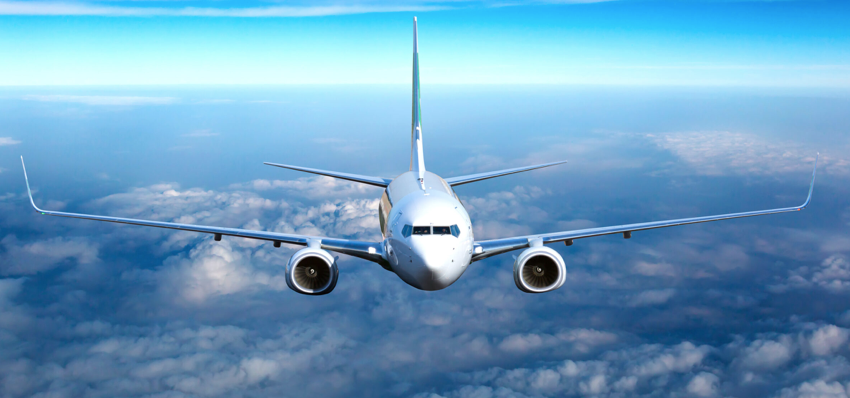The HEM capability upgrade is expected to provide fuel savings/efficiency and CO2 emissions savings of 1-2% and increase time-on-wing by up to 1,500 APU flight hours, lowering fuel and maintenance costs.
Achieve net zero
“Globally, airlines are working to reduce their carbon footprint and every incremental step will help them in achieving their net-zero carbon emissions targets,” said Heath Patrick, president, Americas Aftermarket, Honeywell Aerospace. “An airline with a fleet of 50 737s could realize as much as $450,000 in annual fuel savings and reduce their emissions by up to 1,100 metric tons of CO2, depending on operating conditions. Also, increased time-on-wing can reduce maintenance cost by decreasing the number of servicing events needed, providing average savings of $315,000 for each avoided service visit.”
APU is critical equipment
An APU is a critical piece of aircraft equipment that provides electrical power and air conditioning while the plane is on the ground to ensure increased passenger comfort. It also supplies the power source when a pilot is ready to start the main engines. The 131-9B is known for its reliability and lower maintenance costs over the course of its entire life cycle.
Honeywell’s APU upgrade is intended for any aircraft already operating a 131-9B APU, including Boeing 737-600, 737-700, 737-800, 737-900 and 737 MAX models. It will be available to operators with 131-9B APUs in the second half of this year. This upgrade can be installed during any regularly scheduled maintenance event and does not require additional downtime to implement for newer 131-9B APUs (series 49 and above) that are delivered with the new diffuser, which enables for an on-wing upgrade to HEM.
The HEM upgrade was previously introduced on the Airbus A320 Series aircraft in 2020 and is now installed on over 700 131-9A APUs.



